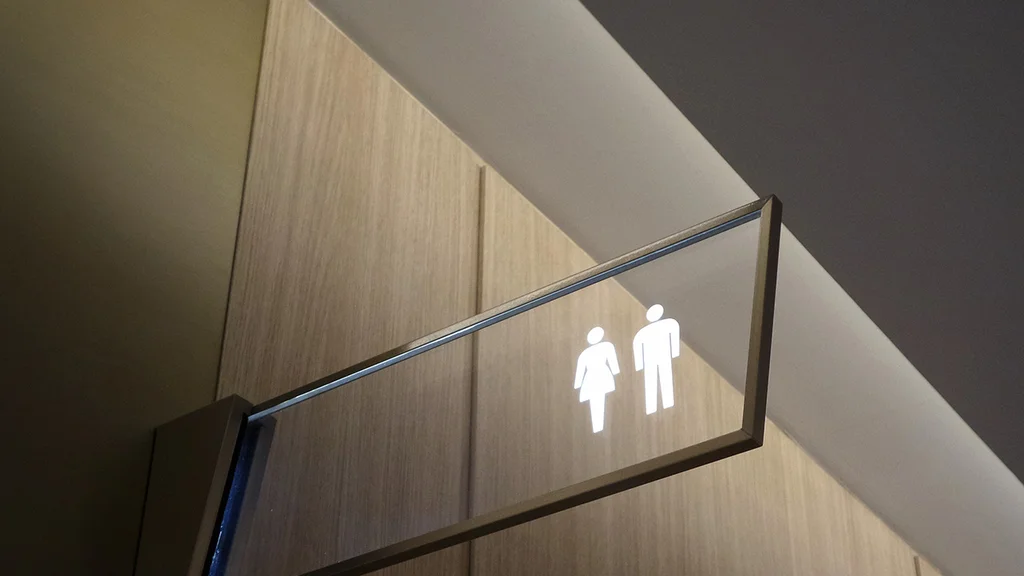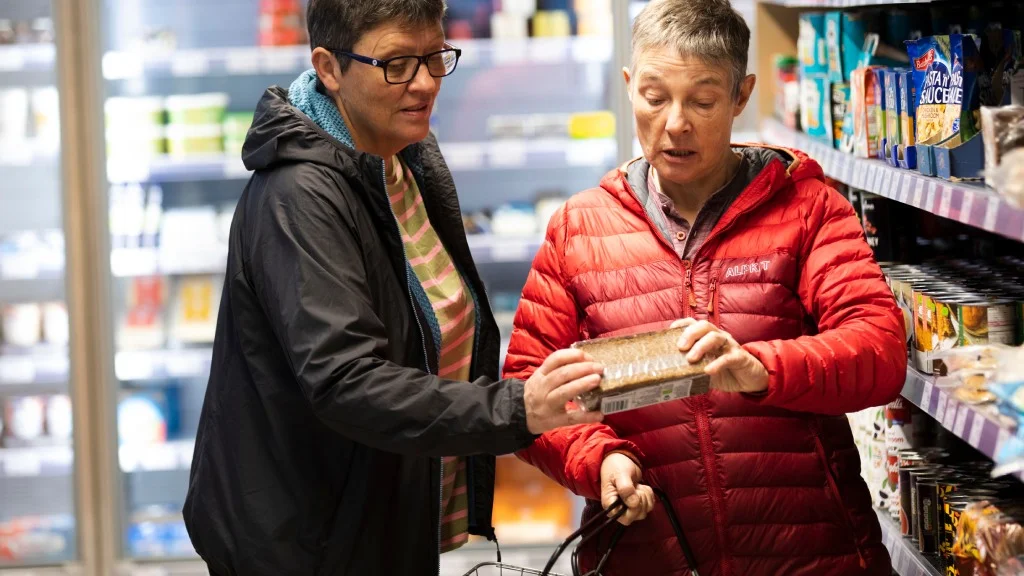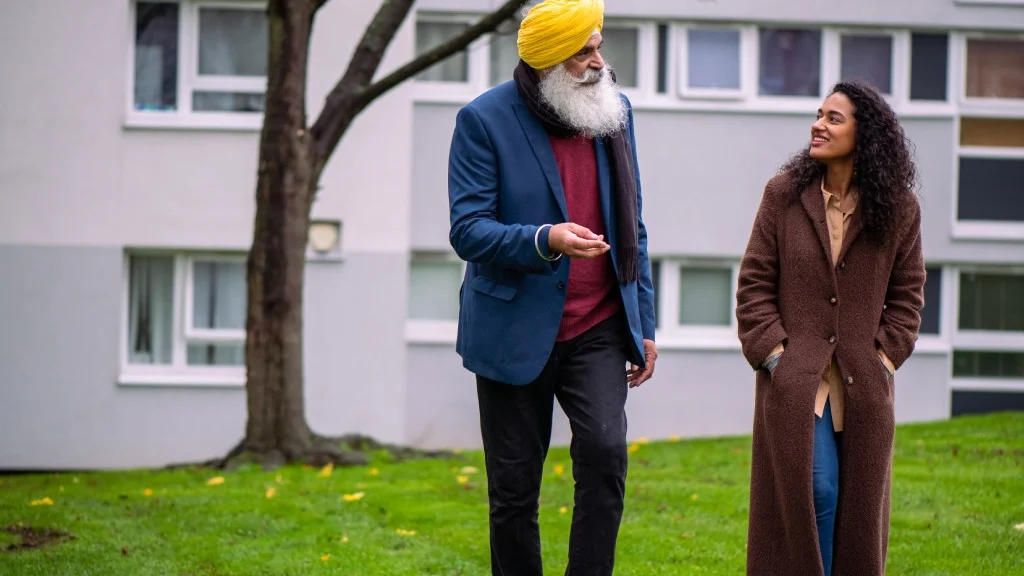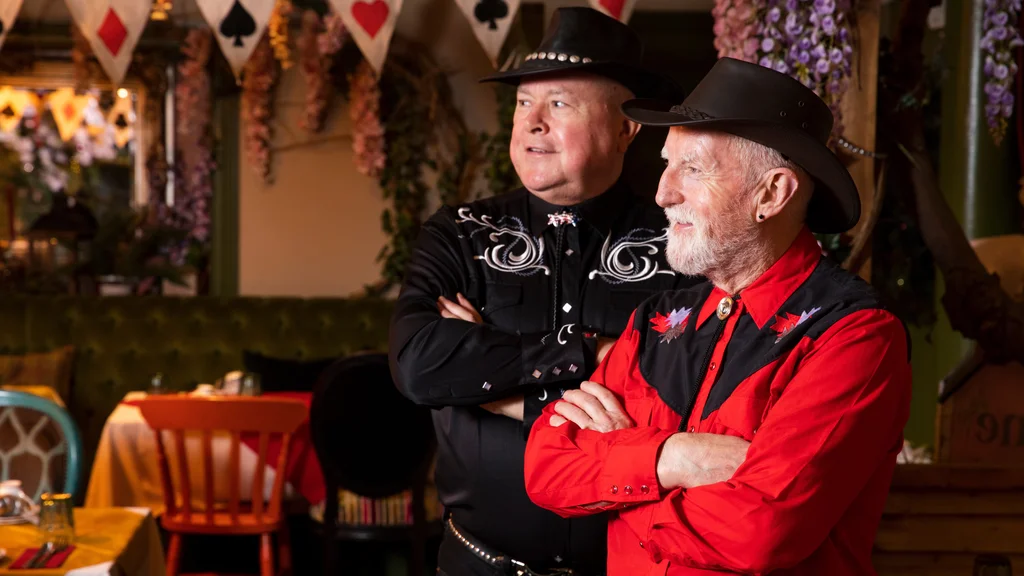
Access to a toilet when you need it
Having access to a toilet is a basic human right.
We all need to use the bathroom when we leave the house, and some of us may need to go more often or more urgently than others. For many of us the lack of toilets is a difficult reality of daily life. It can lead to us staying at home more for fear of being caught short.
The problem is getting worse. We have lost nearly 60% of public toilets since 2010 – largely due to cuts in council budgets.
People are risking their health and becoming isolated because of this easily solvable issue. Local businesses are losing money as people feel trapped in their homes.
Having more public toilets is good for everyone. Whether you are older, disabled, have young children, are pregnant, are homeless, we all benefit from being able to use clean public toilets.
So, how can we improve the situation and make sure everyone feels more confident leaving the house? One way to do so is to campaign for more public bathrooms in your area. If you want to campaign for more public bathrooms in your area, here are our five steps to making it happen:
Find out where the toilets are where you live. Do you have a community toilet scheme? Is there a map of where public toilets are located?
If the answer to these questions is no, consider making these changes yourself. A group of Bedminster residents, with the support of a local community organisation and the business improvement district, created a map showing people where accessible bathrooms are.
Creating a local map of public toilets is no good unless people know about it
Make maps available online and offline. Many people do not have internet access, especially when they’re out and about. Put maps in community spaces, share them on local messaging boards, ask your council to share the maps on social media.
Do a ‘walking audit’ of your area to scope out the working bathrooms in your area. Update any information on your local map of public toilets. Note where there are gaps, toilets are in disrepair, or closed altogether.
Get other people involved. This could be local community groups set up by, or for older people, disabled groups or parents. Shops – and even businesses – where people are using their loos all the time, will all care about this issue too.
Find a supportive local councillor, write to the Mayor or council leader, get a story in the local paper. Start a petition on the high street on the corner where you know a toilet is needed or one has closed.
Once you’ve got the attention and the support of a friendly councillor or others in your community find out who is responsible for improving public toilets in your area and let them know why they should do something. Show them your map and identify areas where more and better toilets are needed.
Make it clear how essential access to bathrooms is. Remind them that access to toilets is not only a basic human necessity, but also important for public health. Ask people to testify about why this issue matters to them.
Remind them how important this issue is.
We all rely on access to bathrooms for comfort, dignity and health and it can become a greater barrier as we get older. We need to work together to ensure we can all leave the house, confident that we have access to this basic necessity.
Useful resources
- The National Key Scheme (NKS) offers disabled people independent access to locked public toilets around the country with RADAR keys, find out more here.
- Great British Public Toilet Map


